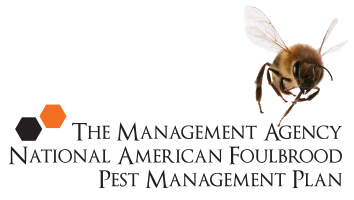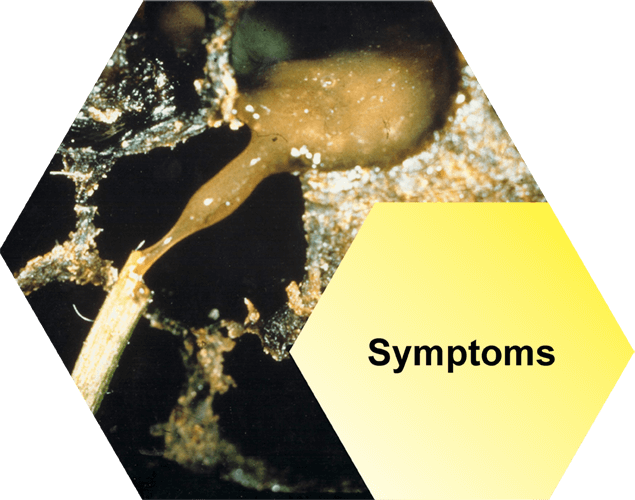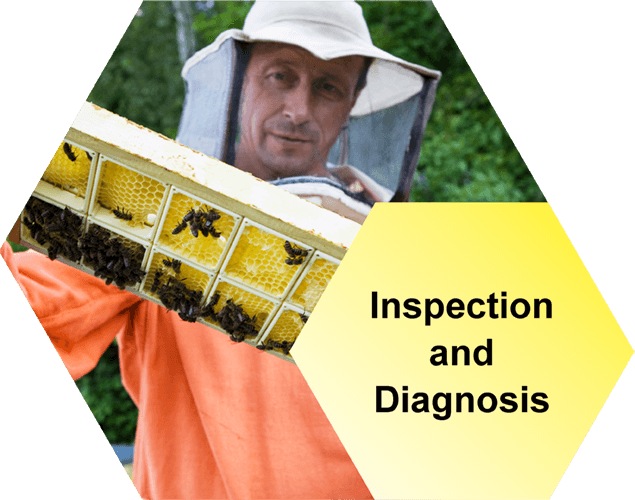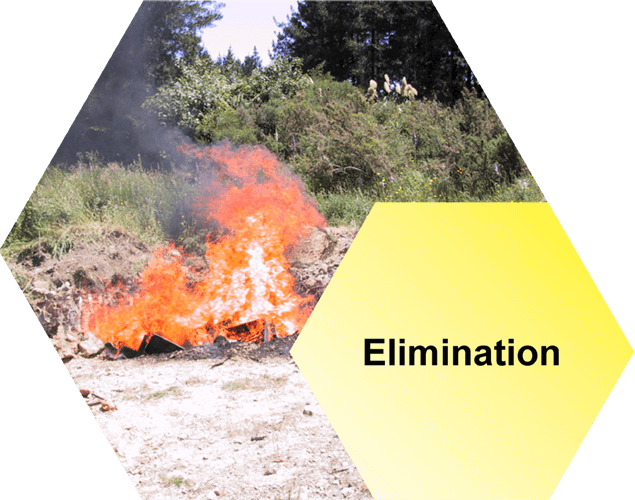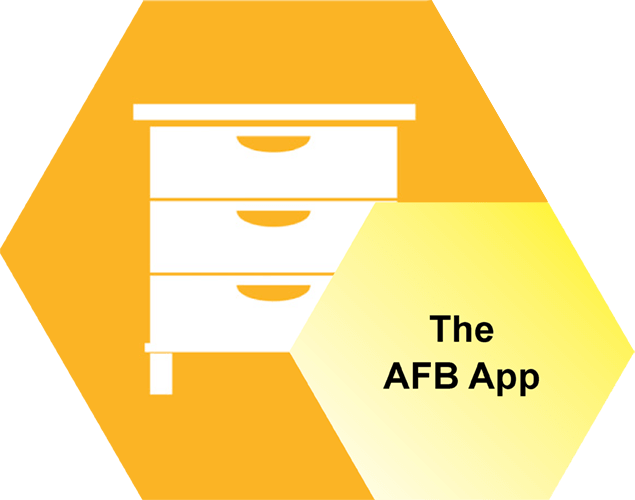Other symptoms
AFB has a distinctive smell
Larvae and pupae infected with AFB can exhibit a characteristic foul smell similar to dead fish (hence the name “foulbrood”).
The intensity of the smell varies considerably, depending on the number of infected larvae and pupae present and factors such as temperature.
Smell should therefore not be relied upon to determine the presence or absence of AFB, no matter whether the disease is in live colonies, dead colonies or stored combs.
The foul smell that can accompany AFB should not be relied upon to determine the presence or absence of AFB.
Videos
Our videos cover everything from your legal obligations to how to recognise AFB, collecting cell and bee samples and more.
Symptoms
There’s a lot of good information here, telling you everything you need to know about recognising AFB: the visual symptoms, smell of AFB and more.
Inspection and Diagnosis
Successfully eliminate AFB by telling the difference between symptoms of AFB and other brood diseases in the hive. We tell you the best methods for inspecting your hives.
The Law
New Zealand beekeepers have a number of legal obligations that must be met regarding AFB disease. Read the shortened list in summary, here.
Elimination
Most hives become infected because bees, honey or equipment have been put into a hive from another hive that is infected with AFB. Lower your chances of an AFB infection by reading this section.
AFB Recognition Course Info
Find out when the next AFB Recognition and Competency Courses, or Refresher Courses are available. These are held throughout the year in various New Zealand locations across the South Island and North Island.
The AFB App
Follow the link below to open the App. Once open to save to your device you need to bookmark the URL on your phone so you can find it easily again. Please click here to open.
